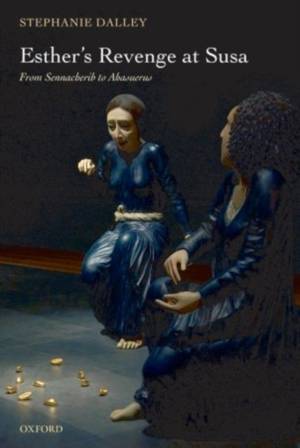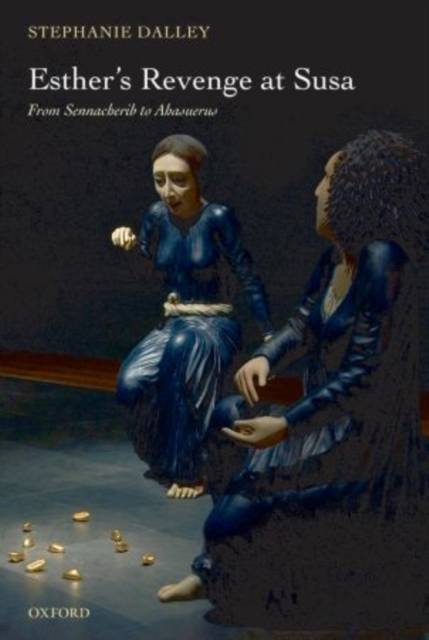
Nos liseuses Vivlio rencontrent actuellement des problèmes de synchronisation. Nous faisons tout notre possible pour résoudre ce problème le plus rapidement possible. Toutes nos excuses pour la gêne occasionnée !
- Retrait gratuit dans votre magasin Club
- 7.000.000 titres dans notre catalogue
- Payer en toute sécurité
- Toujours un magasin près de chez vous
Nos liseuses Vivlio rencontrent actuellement des problèmes de synchronisation. Nous faisons tout notre possible pour résoudre ce problème le plus rapidement possible. Toutes nos excuses pour la gêne occasionnée !
- Retrait gratuit dans votre magasin Club
- 7.000.0000 titres dans notre catalogue
- Payer en toute sécurité
- Toujours un magasin près de chez vous
151,45 €
+ 302 points
Description
Why are the names of the chief characters in the biblical Book of Esther those of Mesopotamian deities? Stephanie Dalley argues that the narrative reflects real happenings in seventh-century Assyria, where the widespread belief that revenge belongs to the gods explains why Assyrian kings described punitive campaigns as divine acts, leading to the mythologizing of certain historical events. Ashurbanipal's sack of Susa, led by the deities Ishtar and Marduk, underlies the Hebrew story of Esther, and that story contains traces of the cultic calendar of Ishtar-of-Nineveh. Dalley traces the way in which the long-term settlement of `lost tribes' in Assyria, revealed by the fruits of excavation in Iraq and Syria, inspired a blend of pagan and Jewish traditions.
Spécifications
Parties prenantes
- Auteur(s) :
- Editeur:
Contenu
- Nombre de pages :
- 280
- Langue:
- Anglais
Caractéristiques
- EAN:
- 9780199216635
- Date de parution :
- 09-02-08
- Format:
- Livre relié
- Format numérique:
- Genaaid
- Dimensions :
- 218 mm x 140 mm
- Poids :
- 507 g







